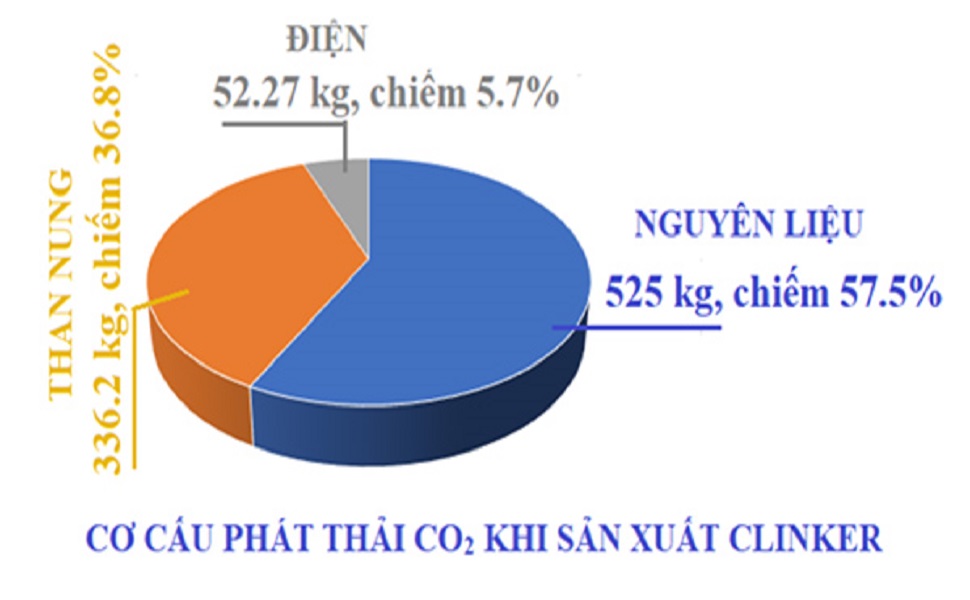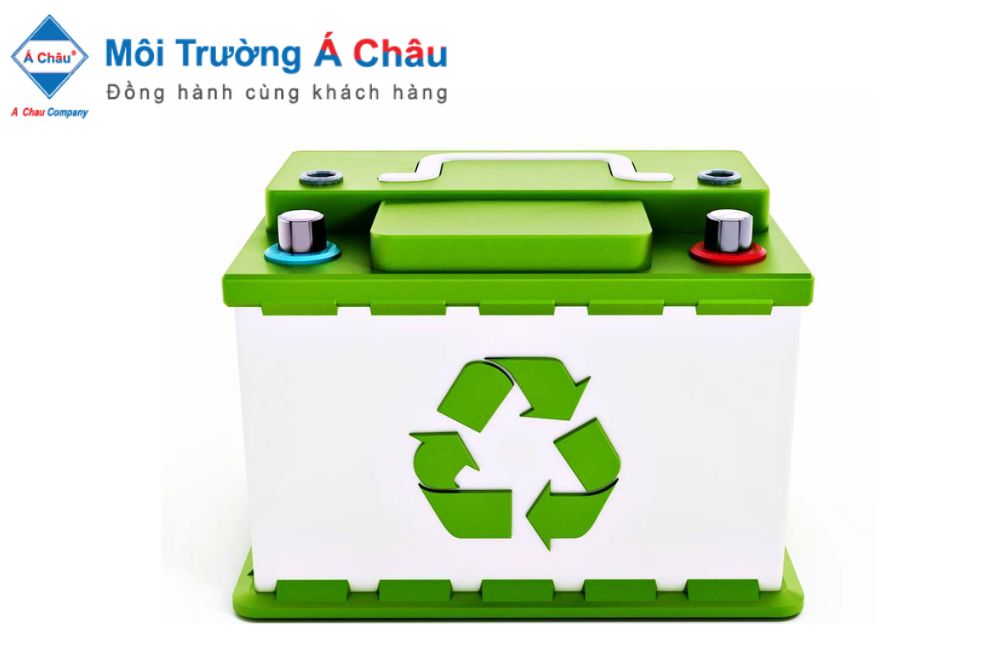The Cement Industry can achieve its Net Zero target
Cement is one of the largest carbon polluters, and it has been pushed to meet these objectives in accordance with the Vietnamese Government's obligations. However, this remains to be seen for businesses. What is the current scenario in Vietnam? To be sure, the essay summarizes the views of several specialists.
How do we reduce carbon emissions?
According to Professor. Dr. Luong Duc Long, Vice President of the Vietnam Cement Association (VNCA), states that CO2 emissions from cement production can be harmful:
- The price of heat coal per ton of cement falls. In this regard, there are two primary methods for lowering the temperature of clinker minerals: employing mineralized additives/more active substances and lowering heat losses to the environment such that the real heat cost is near to the theoretical heat to burn clinkers (423,561 kcal/kg). So, as we know, this is only an estimate because heat loss is always present.
- Power usage lowers during the manufacturing process. Installing a Waste Heat Recovery (WHR) power generation system saves money while lowering CO2 emissions. We can create 25% -30 % of the power required for production with WHR; this is clean electricity.
- Use alternative fuels from industrial waste and livelihood waste. Emission reductions are mainly due to "Co-processing."
- Reduce the amount of clinker used in cement. This is the most comprehensive CO2 reduction solution. However, low-clinker cement is rarely used by customers. In the European Union, cement is generally 77% clinker. Cement in Japan includes around 70% clinker. In 2021, Vietnam will export around 17 million tons of cement, the bulk of which will be cement with up to 5% mineral additives (CEM I under EN 197-1 and Type I under ASTM C150).
In addition, there are 02 virtually fundamental values, which are theoretical clinker heat (as mentioned) and CO2 emissions from raw materials (defined by the IPCC as 520 kg CO2/ton clinkers).
The other way?
Recently, there has been a worldwide trend to capture the CO2 generated in the clinker production process. This has been studied in Europe and North America and has yielded significant results. The CO2 obtained will be used for enemy objects such as reuse as raw materials, catalysts for other manufacturing processes, or buried underwater or beneath...
Furthermore, AI (Artificial Intelligence) and IoT (Internet of Things) solutions with Big Data support are being developed to enhance industrial processes. When the technological process's input parts are improved, the process becomes more efficient. More units of product can be produced from the same unit of fuel. For example, by improving the furnace specifications, you may minimize coal use...
How will the Vietnam Cement Industry respond?
So, Net-Zero CO2 in cement manufacturing is a lengthy and costly process. At present, the Vietnam cement industry is taking the first steps, such as building WHR systems and Co-processing systems.
A professor has been installing Co-Pro systems for over 10 years, according to INSEE Vietnam. INSEE has followed the steps of the GCCA (Global Cement and Concrete Association) and has received several suspicious findings on contemporary cement industry solutions, such as WHR, alternative fuels, clinker coefficients, and so on. INSEE now emits 438 kg/ton of cement, which is globally certified.
Currently, over 60% of INSEE products sold on the market have an average CO2 emission index of 582 kg/ton of cement. Over 15% of products have an emission index of 438 kg/ton of cement (compared to the European average of 836 kg/ton). If the cement plants grow together in this direction and promote the use of PCB cement and high-kiln cement, Vietnam will have a >50% reduction in GHG for Cement manufacturing in the near future.
Some cement plants are still producing PC40 and PC50 cement with a high clinker percentage. This cement emits around 870 kilos of CO2 every ton of cement into the atmosphere.
According to the experts, heat reduction in the clinker process is the easiest choice due to technology, equipment, and so on. Assuming a factory spends 830 kcal/kg of clinker, after fixing specific equipment, such as a newer form of cooler, it reduces to 790 kcal; then it only takes two and a half years to recoup. The advantages of lowering emissions are outstanding.
Besides, in Vietnam, unclassified waste incineration (Domestic Waste) has little practical meaning in energy saving because the heat value of a kilogram of minimal waste is only about 15 kcal/kg. Additionally, assuming the average humidity of the garbage is 17%, and it needs to be heated by steam, the amount of moisture that's finished burning, the heat is over 3,700 kcal/kg. Therefore, burning domestic waste (if any) is only for environmental purification, not for efficiency.
In 2016, the Government directed the Viet Nam Cement Corporation (Vicem) to create a project using domestic waste. Still, most of them were unable to agree on the source of trash for the project because the locals had different intentions and were not salted but coordinated. The Ministry of Construction also has a comprehensive research project on Net-Zero in the cement industry (funded by Nordic), but specific applications have been announced.
Positive changes in awareness.
Despite numerous obstacles, Vietnamese cement businesses have experienced a significant shift in their attitude toward energy savings and sustainable growth in recent years. Businesses are also aware of the irreversible trend of cutting emissions and heading toward Net-zero carbon.
So far, Vietnam has installed around 40 rotor lines in the WHR system, accounting for approximately two-thirds of the lines to be installed. Most rotating cement facilities will implement this system in the coming years as technology and equipment become more comprehensive and efficient. The cement industry's electricity is more cost-effective and active in production, especially given the risk of future power shortages.
Many cement factories have significantly improved their technological clusters, yields, additive mixing speeds, and clinkers. A rehabilitation facility adjusts the furnace's production to 50%. Speeding up to 120% is typical. These are also essential approaches to cut carbon emissions.
Likewise, Vietnam has deployed around 15 "Co-processing" waste incineration facilities (Co-Pro). Many cement plants may take the lead in installing Co-processing systems, reducing investment capital and spreading in the sector. When a collection network is established and linked amongst companies, waste from one company will become the fuel for another, making Co-Processing technology more efficient. Concurrently with the shift in viewpoint, the state management perspective of local governments will shift favorably.
Source: Ximang.vn














